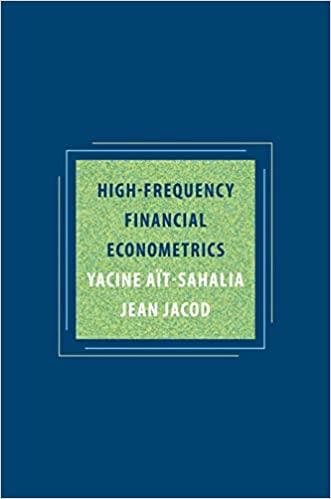

The Modigliani and Miller theories are based on several unrealistic assumptions related to the use of debt financing. In reality, there are costs, taxes, and other factors associated with the use of borrowed funds. These costs or effects have led to several theories that explain the impact of these factors on the capital structure decisions made by a firm's managers. Based on your understanding of the trade-off theory, what kind of firms are likely to use more leverage? Firms that have relatively lower business risk compared to other firms in their industry. Firms that have relatively higher business risk compared to other firms in their industry. Based on your understanding of the capital structure theories, identify the best option for the missing part of the statement. According to signaling theory, if managers expect the firm's stock price to decrease-even if the firm has a profitable investment opportunity,they should be likely to raise capital through equity financing. A leveraged buyout (LBO) helps the firm both its excess cash flows and managers' temptation to incur wasteful expenses. True or False: According to the reserve borrowing capacity theory, a firm should use less equity and more debt financing than is generally recommended so that the firm can sell additional shares if it encounters a new investment opportunity. False True Several dominant theories try to explain why financial managers make the capital structure decisions that they do. The following statement describes one such theory: Firms prefer internal funds, but if forced to raise external capital, they prefer debt rather than equity issuance. Which of the two theories listed below is best described by the statement. Trade-off theory Pecking order hypothesis In making capital structure decisions, financial managers must anticipate the common fears and desires, as well as the conflicting interests and concerns, of the firm's creditors and shareholders. This requires managers to recognize and manage the trade-offs associated with these two financing constituencies. Ideally, financial managers should consider a variety of factors when establishing or changing a firm's capital structure. While the ultimate objective is the maximization of their shareholders' wealth, more immediate operational criteria include the market perceptions of the consequences of the manager's decisions on the firm's long-term viability and solvency, riskiness, and ability to generate cash flows when needed. Statement 1 Statement 2 To address the concerns of many shareholders, some managers prefer to issue new debt securities or preferred stock when raising new long-term funds. The tax deductibility of equity financing provides an incentive to the firm's managers to add equity to its capital structure. Statement is true because the firm's shareholders enjoy the increased net income and potential dividend income generated by the tax deductibility of the dividends. a fundamental concern of shareholders is the potential dilution of their ownership interest in, and control over, the firm. The Modigliani and Miller theories are based on several unrealistic assumptions related to the use of debt financing. In reality, there are costs, taxes, and other factors associated with the use of borrowed funds. These costs or effects have led to several theories that explain the impact of these factors on the capital structure decisions made by a firm's managers. Based on your understanding of the trade-off theory, what kind of firms are likely to use more leverage? Firms that have relatively lower business risk compared to other firms in their industry. Firms that have relatively higher business risk compared to other firms in their industry. Based on your understanding of the capital structure theories, identify the best option for the missing part of the statement. According to signaling theory, if managers expect the firm's stock price to decrease-even if the firm has a profitable investment opportunity,they should be likely to raise capital through equity financing. A leveraged buyout (LBO) helps the firm both its excess cash flows and managers' temptation to incur wasteful expenses. True or False: According to the reserve borrowing capacity theory, a firm should use less equity and more debt financing than is generally recommended so that the firm can sell additional shares if it encounters a new investment opportunity. False True Several dominant theories try to explain why financial managers make the capital structure decisions that they do. The following statement describes one such theory: Firms prefer internal funds, but if forced to raise external capital, they prefer debt rather than equity issuance. Which of the two theories listed below is best described by the statement. Trade-off theory Pecking order hypothesis In making capital structure decisions, financial managers must anticipate the common fears and desires, as well as the conflicting interests and concerns, of the firm's creditors and shareholders. This requires managers to recognize and manage the trade-offs associated with these two financing constituencies. Ideally, financial managers should consider a variety of factors when establishing or changing a firm's capital structure. While the ultimate objective is the maximization of their shareholders' wealth, more immediate operational criteria include the market perceptions of the consequences of the manager's decisions on the firm's long-term viability and solvency, riskiness, and ability to generate cash flows when needed. Statement 1 Statement 2 To address the concerns of many shareholders, some managers prefer to issue new debt securities or preferred stock when raising new long-term funds. The tax deductibility of equity financing provides an incentive to the firm's managers to add equity to its capital structure. Statement is true because the firm's shareholders enjoy the increased net income and potential dividend income generated by the tax deductibility of the dividends. a fundamental concern of shareholders is the potential dilution of their ownership interest in, and control over, the firm








